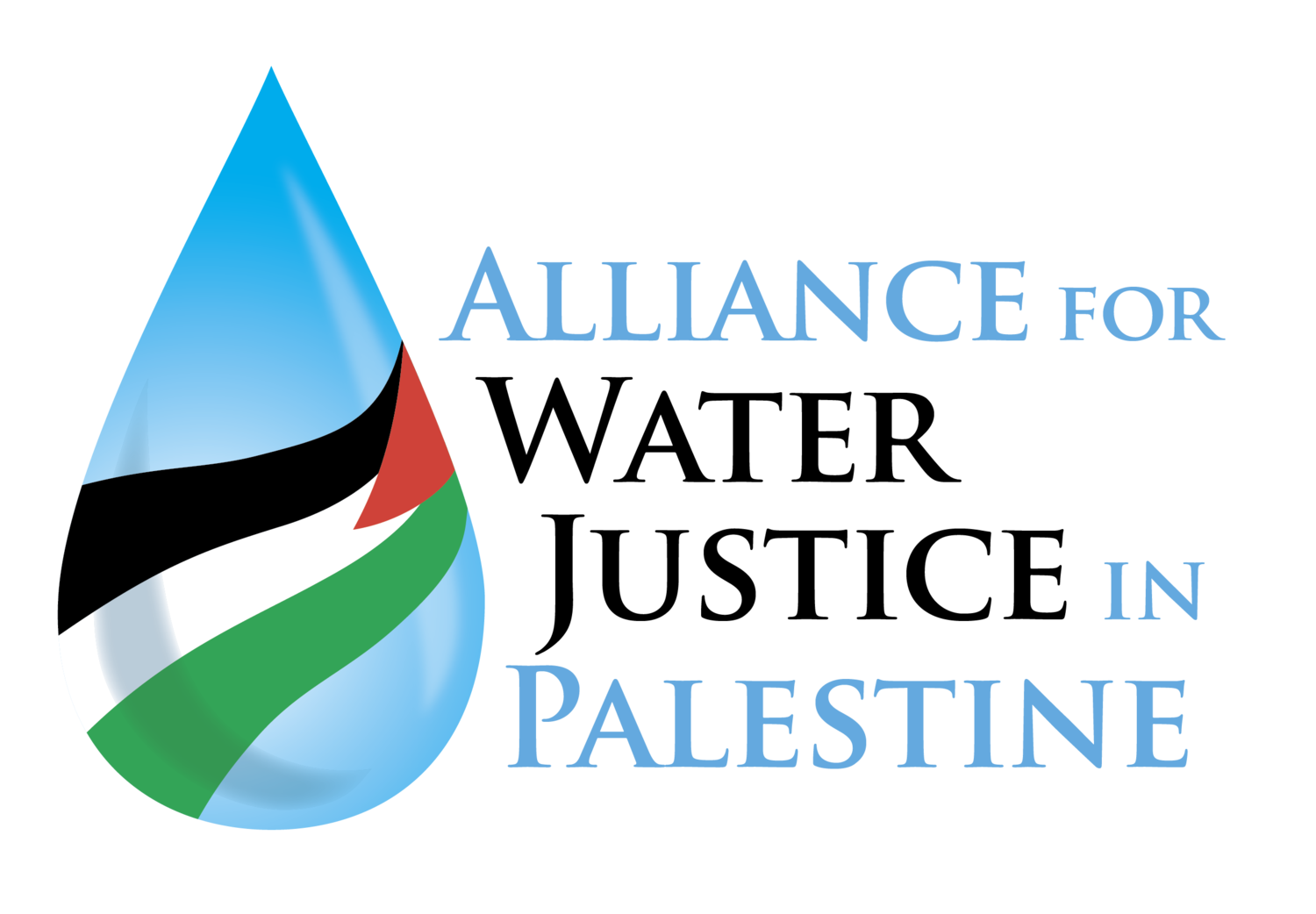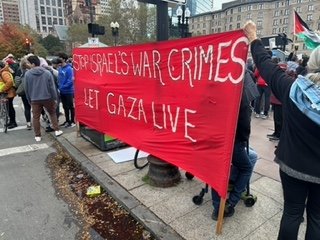Water Fact: October 23, 2023
As the world stands by: genocide unfolds in Gaza with the blessing of the US
The death toll in the Gaza Strip now exceeds 5,000. More than 60% are women and children.
The statistics released by the UN office OCHA on October 21 are staggering: 42% of all housing units have either been destroyed, or damaged, as a million and a half people (total population 2.3 million) have been displaced from their homes. Fleeing Palestinians were bombed as they moved from the north to the south as the Israeli military had ordered. Israel’s relentless air strikes – more than 6,000 on the 25 mile by 5 mile Gaza Strip - have targeted 62 health care facilities and hospitals, over 200 schools including those used as emergency shelters, scores of mosques and Christian churches, among them the fifth century Church of Saint Porphyrius, and even the vicinity of bakeries as desperate people were lined up outside.
As all of this was happening, food, electricity, fuel, medicine and water were barred for two weeks from entering the Gaza Strip. The 20-truck convoy of what the UN called ‘lifesaving supplies’ that was finally permitted to enter the Rafah Crossing on October 21 – with a further 17 trucks entering the following day - is a tiny fraction of the daily average of 500 trucks per day of supplies that used to enter Gaza. And Israel has refused to allow those trucks to carry fuel, without which water can’t be pumped or hospitals powered.
According to a detailed report by the Center for Constitutional Rights what is being committed in the Gaza Strip with the full collusion of the US is the crime of genocide.
Water is life, and in Gaza, Israel has made the denial of water a weapon of mass destruction. Usually about 30% of Gaza’s water supply is purchased from Israel, with the rest depending on electricity and fuel for purification. On October 12, the World Health Organization reported that the cut off of electricity meant there was not enough power to operate water wells, desalination and purification plants and sanitation services, with sewage and solid waste accumulating in the streets. WHO announced two days later that air strikes had damaged six water wells, three water pumping stations, one water reservoir and a desalination plant serving over 1.1 million people. UNICEF, which had opened that desalination plant in 2017, reported that people were forced to drink highly salinated water leached into the aquifer from the sea, which was further contaminated by the 120,000 cubic meters of untreated wastewater being discharged into the sea every day.
On October 14, a day after Israel ordered more than a million Gazans to evacuate from the north to the south of the Gaza Strip, it reportedly turned on the water supply in southern Gaza after being pressured by the US to do so. But this was called a ‘publicity stunt’ by Palestinians who pointed out that water could not reach people because of smashed water pipes, and without fuel and electricity water could not be pumped into storage tanks.
The OCHA report for October 19 put water consumption per person for drinking, cooking and hygiene at three liters per day, with people cramming UN shelters reduced to only one liter per day. With bottled water unavailable and large desalination plants not functioning, OCHA wrote that “people have resorted to consuming water extracted from agricultural wells, increasing exposure to pesticides and other chemicals, placing the population at risk of death or infectious disease outbreak.”
On October 20, The New York Times (“Gaza’s water crisis is deepening”) stated that “a cascade of emergencies” has followed Israel’s cutting off food, fuel and water: “Hunger and dehydration are widespread. Doctors in Gaza say diarrhea is already occurring because people are drinking contaminated water. Food poisoning cases are cropping up because there is no way to refrigerate food, and the threat of waterborne diseases, such as cholera, looms — all while hospitals, which are already overwhelmed with airstrike victims, are also running low on fuel and medicine.”
Has Israel included in its war calculations the potential of a cholera or typhoid epidemic spreading to its own population from the decimated Gaza Strip?
Join the Alliance for Water Justice in Palestine to Stand Up for Gaza: Tuesday, October 24 from 4 pm to 5 pm in Central Square, Cambridge.
photo by J. Glaubman from ALL OUT FOR GAZA RALLY in Boston, MA on Oct 22






